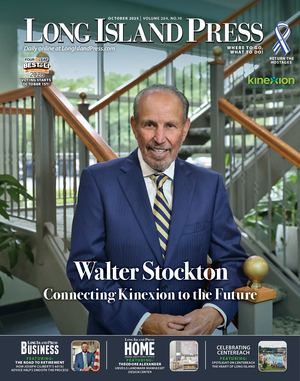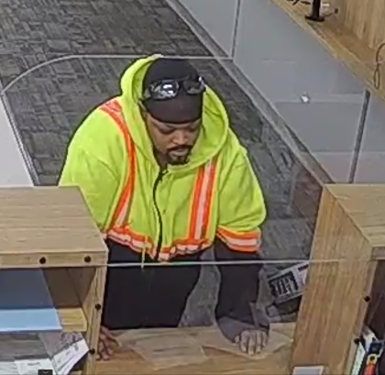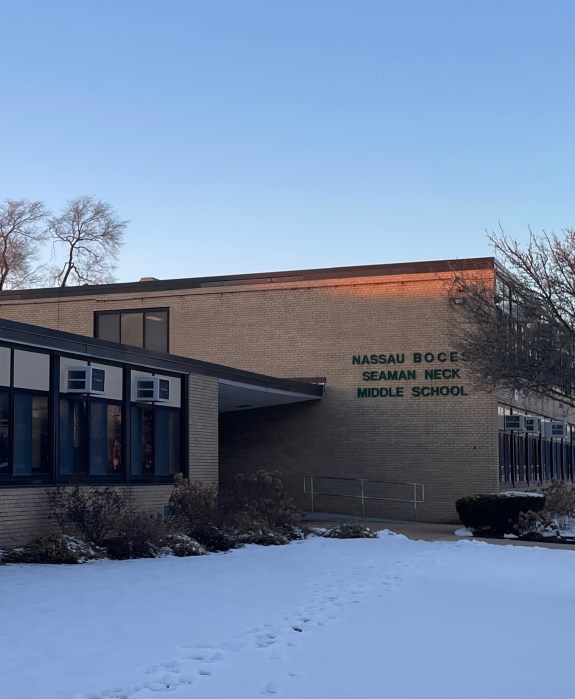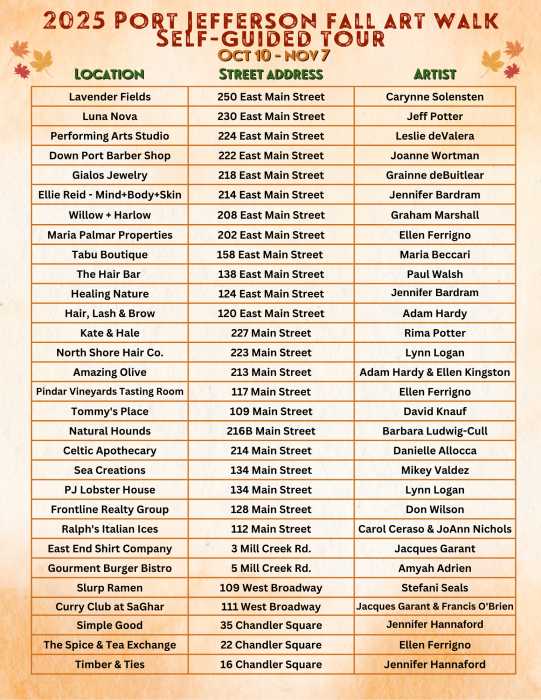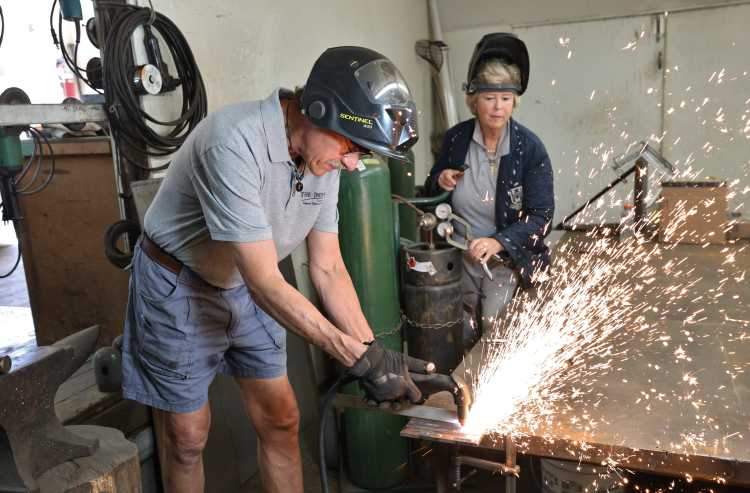Board Defers Vote on Zoning Code Amendments Until July 21
For the second time this month, the Garden City Board of Trustees deferred voting on approving amendments to the village’s zoning code at the June 16 village board meeting. Prior to closing a public hearing on the issue, the board of trustees discussed what the appropriate distance of fences from the front of property lines is. Furthermore, residents weighed in on how changes in the zoning code could adversely affect the quality of life and character of the community.
Last November, residents had their first chance to see and hear about the long-awaited revisions of the village’s zoning code when Superintendent of Buildings Michael Filippon offered a detailed presentation to the board of trustees. Changes on the table pertained to the village’s accessory structures, widths of driveways, dwelling regulations and the requirement for advance approval by the Architectural Design Review Board (ADRB) for amendments to the size and appearance of residences.
According to Filippon, the project was first discussed eight years ago under Garden City Mayor Lewis’ tenure. “As you know, this has been a very long, often delayed project,” Filippon said at a November 2010 meeting.
“What prompted this was, in that particular part of the village, certain residents were complaining about what they perceived to be obvious violations of our accessory structure laws in the zoning code, that is—that there were any number of variety of structures in front yards which, by our code, is not permitted.”
Filippon previously stated that from the outset, the goal of drafting the amendments was not necessarily to make the zoning laws more restrictive. “Actually, some of these recommendations are a relaxing, if you will, of certain things in our code to allow for something one might consider a reasonable allowance,” he stated at the presentation.
According to the current zoning code, the definition of a structure is “any combination of materials forming any construction.” Items include, among other things, heating or air conditioning units, stadiums, tents, trailers (weather movable or stationary) reviewing stands, platforms more than six inches above ground level, unenclosed porches, gazebos, stagings, observation towers, radio and televisions towers and antennas, gasoline pumps, water tanks, standpipes, outdoor bins and sheds more than 80 square feet in area, outdoor pools, walls, fences, trellises, pergolas, gates, gateposts and signs.
As the law states in its current form, no accessory structure of any kind is permitted in the front half of a property, with no exceptions or variations. In the proposed changes dealing with accessory structures, it was suggested that rather than the cutoff point for accessory structures be the halfway mark of the property, they be allowed at least up to the face of the building line, the front wall of the building.
In lengthy discussions that began at the public hearing on June 2, Trustee John Demaro wanted clarification from Filippon on how often variances are granted to residents who have requested putting a fence further up to the property line. Filippon explained that the issue is complex because there are structures in general, and then there are accessory structures, specifically.
“You remember that the prohibition is against accessory structures in the front yard area all the way back to that halfway point. The Board of Appeals has over time granted a relaxation of that, up to the building line of the house, not actually into the actual front yard area,” Filippon said.
“So when you have a Board of Appeals with some consistency making decisions like that, it’s sort of a little redundant to keep sending people back to that board for the same thing that would tend to be approved. The change in the code was only to reflect what has developed as a pattern of decisions from the Board of Appeals. But, you know, either opinion on that, to either make the change as it is presented or to leave the code intact at the halfway mark, you can make a credible argument on either one of those points,” Filippon added.
Filippon further stated, “It’s up to the board of trustees to make a Solomon-like decision here as to whether or not you should leave the code the way it is.”
In a period of public commentary, residents weighed in on the fence debate once again. A Meadow Street resident stated clearly that fences put up to the front of the building look obtrusive. “I like the code the way it is and I think it should stay the same,” he said.
A Huntington Road resident said that if the board approves the code changes, residents would be able to have their fences up to the building line. “I know Mr. Filippon said it’s not much different [than the current law]. There are too many cyclone fences in our village. There are too many fences that are not kept up and if they are in the rear of the property, they are less of a visual disturbance to the community, to the neighborhood. We’re not Levittown. All of us made sacrifices to come to this village…I hope you will keep the fences in the rear half,” the resident said.
Another Huntington Road resident also advocated her support for keeping the code as it is now. “I think it’s just common sense that if you leave it the way it is, there will be fewer people who are going to bother to take their case to the board to try to get some kind of a dispensation to go forward. Whereas if you change it so they can do it without any kind of recourse than going before a board you are going to get more people who are going to start to do that,” she said.
While the board unanimously passed a motion to close the public hearing, the vote to approve the change the local law was still not finalized by board members. Trustee Watras made a motion to delay the vote on approving the zoning changes until the next meeting in order to fully explore residents’ concerns. “I don’t like delaying anything. I am sick of hearing about this to be honest with you, but it needs some further discussion. I don’t think one more month will kill us,” Watras said.
Trustee Andrew Cavanaugh believes the matter was already discussed at length at the POA level and by the JCC (The Joint Conference Committee). “It is a question of opinion. There are two opinions: Should we permit the fences as a matter of rights come to the property line or should we maintain the current structure on only half of the property depth. I think Mr. Filippon has pointed out some good and compelling reasons why a change in the prevailing local law to permit the fences at the property line is appropriate,” Cavanaugh said. Mayor Donald Brudie said he hated to defer the vote again but agreed that further discussion was warranted.
In a 5-3 vote, the board passed a motion to defer the final vote on the zoning amendments until the next board meeting, which will be held on July 21.
